Fat'h Abad Garden in Kerman | History and Architectural Beauty
Fat'h Abad Garden, located just outside the city of Kerman, is one of the region's most celebrated historical landmarks. Built during the Qajar dynasty in the 19th century, the garden originally served as a summer retreat for local governors, offering a peaceful escape from the city's desert climate.
The garden is a fine example of traditional Persian garden design, showcasing the classic symmetry and careful use of natural elements that define these landscapes. A long, tranquil reflecting pool stretches from the entrance towards the mansion at the heart of the garden, framing the view and enhancing the serene atmosphere.
The architectural style of Fat'h Abad Garden is equally impressive, with the two-story mansion featuring intricate tile work and stucco decoration typical of Qajar-era craftsmanship. Visitors are often drawn to the contrast between the lush greenery of the garden and the surrounding desert, making this space a perfect representation of Persian ingenuity in harmonizing natural beauty with human-made structures.
Through its elegant layout, water features, and historical architecture, Fat'h Abad Garden remains a must-visit for anyone exploring the cultural richness of Kerman.
Architectural Beauty of Fat'h Abad Garden
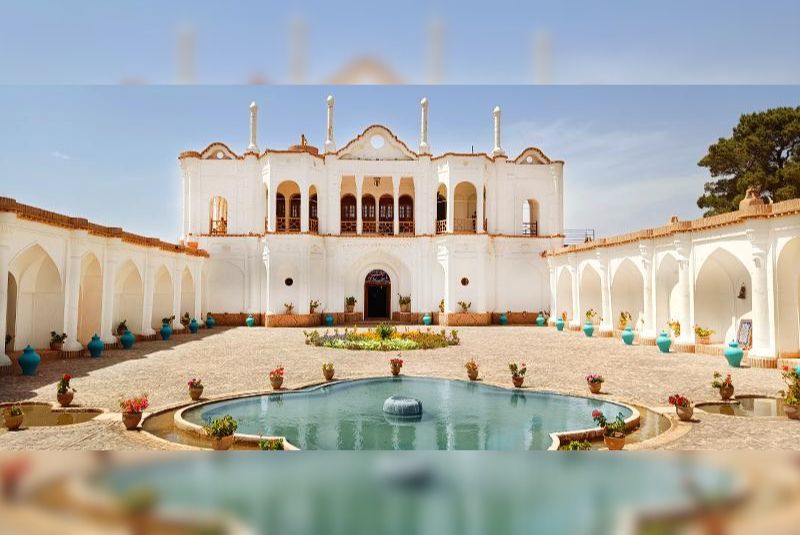
Fat'h Abad Garden exemplifies the traditional Persian garden layout, characterized by its balanced symmetry and a central axis. Upon entering the garden, visitors are greeted by a long, narrow pool that stretches towards the mansion, creating a mirror-like effect that reflects the structure and surrounding trees. This pool not only enhances the visual impact of the garden but also serves as a central feature, guiding the visitor’s experience from the entrance to the mans
The mansion itself is a stunning two-story building, reflecting classic Qajar-era architecture. The exterior is adorned with intricate tilework, blending geometric patterns and floral designs typical of the period. Stucco decorations further enhance the mansion’s facade, adding depth and texture to the structure. Inside, the architectural details are equally impressive, with arches and high ceilings that showcase the craftsmanship of Iranian builders.

Water plays a central role in Persian gardens, and Fat'h Abad is no exception. In addition to the long pool, water channels run through the garden, connecting various sections and irrigating the greenery. The sound and movement of water contribute to the overall sense of tranquility and balance that defines the space.
In recent years, restoration efforts have been undertaken to preserve the garden and its mansion. These projects have focused on restoring the original tilework, reinforcing the structure, and ensuring the water features continue to function. These efforts have allowed modern visitors to experience the garden much as it would have appeared in its prime.
Visiting Fat'h Abad Garden
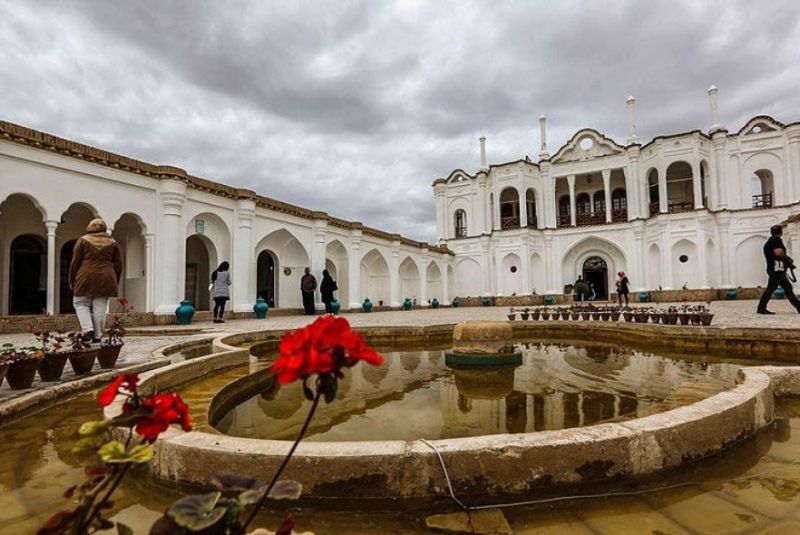
Fat'h Abad Garden is located just 10-15 kilometers northwest of Kerman's city center, making it an easy destination for tourists. Visitors can reach the garden by taxi or private car, with the journey taking roughly 20 minutes. For those unfamiliar with the area, local guides or hotel staff can help arrange transportation.
The garden is open to the public daily, generally from early morning until late evening, though specific hours may vary by season. Entrance fees are modest, typically ranging between 200,000 and 300,000 Iranian Rials, making it an affordable stop for travelers.
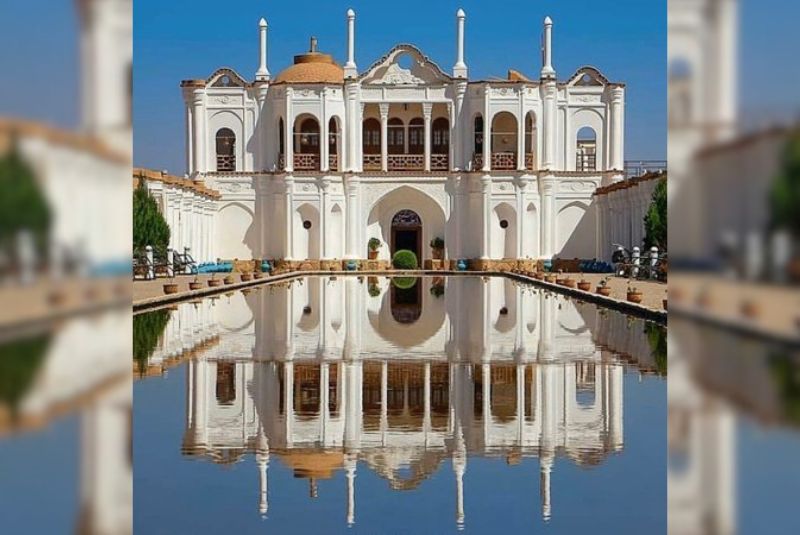
The best time to visit Fat'h Abad Garden is during spring (March to May) or autumn (September to November), when the weather in Kerman is most temperate. During these months, the garden is at its most vibrant, with flowers in bloom and the surrounding trees providing shade from the sun.
On-site amenities include restrooms and seating areas where visitors can relax and take in the tranquil surroundings. There is also a small café near the entrance, offering refreshments such as tea and traditional Iranian snacks. The combination of these facilities ensures a comfortable and pleasant experience for those spending a few hours exploring the garden.
Cultural and Natural Experience
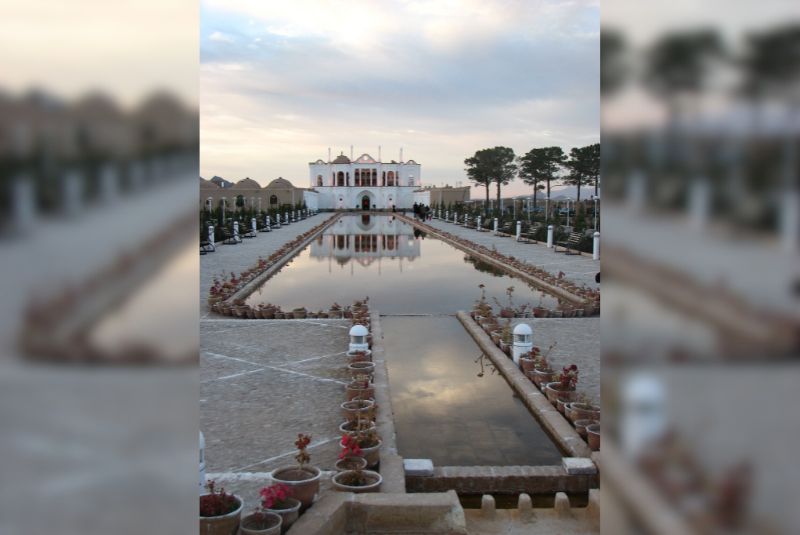
Fat'h Abad Garden is not only a place of historical significance but also a popular gathering spot for locals. Throughout the year, the garden occasionally hosts cultural events such as traditional music concerts, art exhibitions, and festivals, allowing visitors to experience the region’s rich cultural life alongside residents. These events add a lively, communal element to the garden’s serene atmosphere.
The natural beauty of the garden is another key attraction. Visitors can stroll through pathways lined with tall trees, blooming seasonal flowers, and meticulously maintained greenery. The calming sound of flowing water from the central pool and channels adds to the peaceful ambiance, making it a perfect spot for photography, relaxation, or a quiet picnic.
At night, the garden takes on a new charm with its tasteful lighting. The illuminated mansion, reflecting off the pool, creates a serene and picturesque environment for evening visits. Many travelers find this nighttime atmosphere to be particularly enchanting, offering a calm retreat after a day of sightseeing in Kerman.
Nearby Attractions in Kerman
Kerman is home to a variety of remarkable historical and cultural sites, making it a great base for exploring Iran's rich history. Here are some must-visit attractions near Fat'h Abad Garden:
Ganj Ali Khan Complex
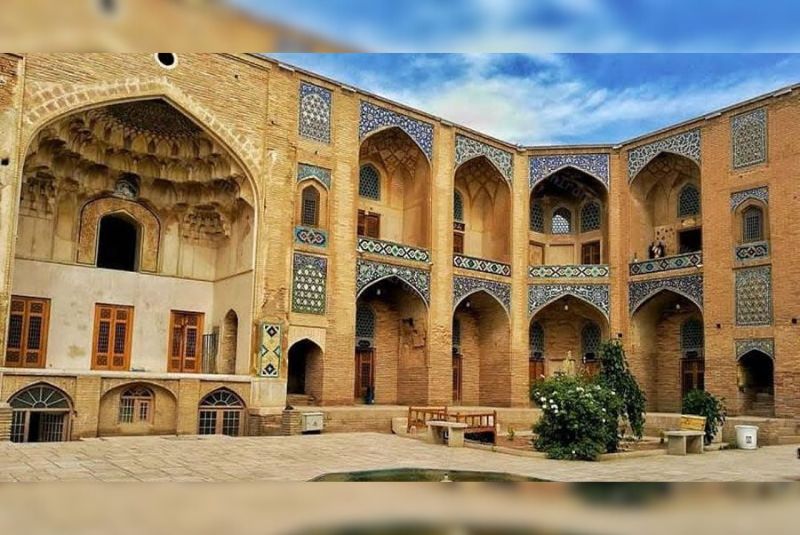
Located in the heart of Kerman’s city center, the Ganj Ali Khan Complex is a stunning representation of Safavid-era architecture. Built in the 17th century, this complex features a traditional bazaar, a bathhouse (hammam), a mosque, and a caravanserai. The bathhouse is especially notable for its beautifully preserved frescoes and detailed stucco work, which give visitors an insight into the luxurious bathing rituals of the past. The bazaar, still in use today, offers a lively glimpse of local commerce, with vendors selling everything from spices to handicrafts.
Shazdeh Mahan Garden
About 40 kilometers from Kerman, Shazdeh Mahan Garden is another iconic Persian garden, renowned for its grandeur and size. Nestled in the middle of the desert, the garden’s lush landscape is made possible by intricate irrigation systems that channel water through cascading pools and fountains. Shazdeh Mahan Garden is particularly stunning due to its contrast with the arid surroundings, and its combination of greenery and architecture makes it an ideal destination for nature lovers and history enthusiasts alike.
Rayen Castle
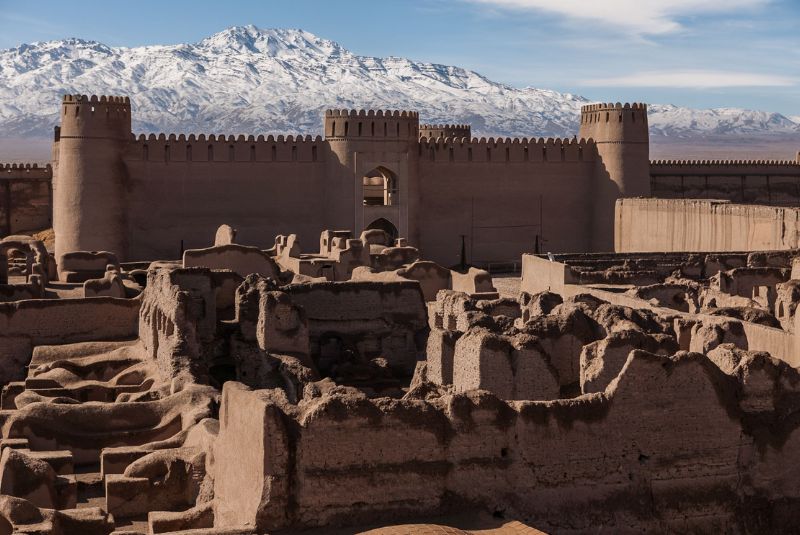
Located 100 kilometers from Kerman, Rayen Castle is a massive adobe citadel dating back to the Sassanid era. It is considered the second largest adobe structure in the world, after the famous Bam Citadel. Rayen Castle is a striking example of ancient desert architecture, with towering walls, narrow alleyways, and carefully designed rooms that provide a window into Iran's architectural and military history. Despite its age, the castle is well-preserved, offering a fascinating look at life in a desert fortress.
Meymand Village
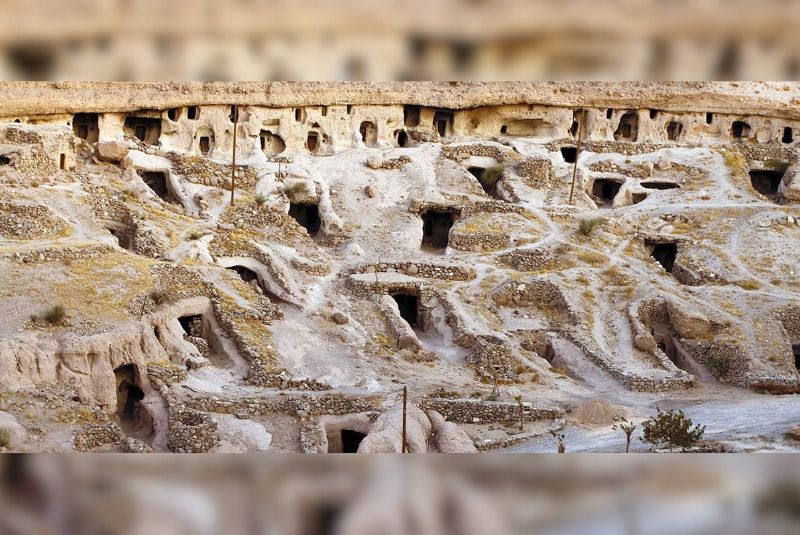
Situated approximately 200 kilometers from Kerman, Meymand Village is a UNESCO World Heritage site famous for its unique cave dwellings. These homes, carved directly into the mountainside, have been inhabited for thousands of years and represent one of the oldest continuously inhabited settlements in Iran. Visitors to Meymand can explore these ancient structures and learn about the traditional lifestyles of its residents, many of whom still live in the same simple, rural fashion as their ancestors.
Jabalieh Dome
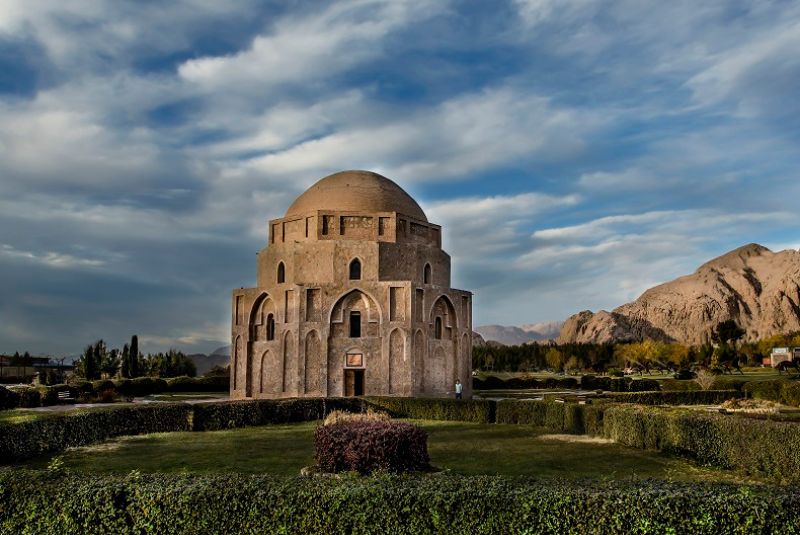
Located within Kerman itself, the Jabalieh Dome is a curious and somewhat mysterious structure believed to date back to the Sassanid or early Islamic period. Unlike most Iranian architecture, this building is constructed from stone rather than the usual brick, and its octagonal shape adds to its uniqueness. The dome’s origins are unclear, but it remains a striking monument, both architecturally and historically significant.
Kerman Bazaar
One of the oldest markets in Iran, Kerman Bazaar is a bustling center of traditional commerce. Visitors can wander through the maze of shops, offering a wide range of goods, from handmade carpets and copperware to spices and dried fruits. It's an excellent place to experience local culture, taste traditional Iranian delicacies, and pick up souvenirs from your trip.
Final Takeaway
To fully experience Kerman's rich heritage, plan a full day to visit Fat'h Abad Garden and some of the nearby attractions like Ganj Ali Khan Complex or Shazdeh Mahan Garden. Wear comfortable walking shoes, bring sun protection, and don’t forget your camera to capture the stunning scenery. A visit to this part of Iran will surely be a rewarding cultural experience.
Share your story!
Comment below and let us know about your Experience.
Your story inspires others!


Comment
Leave a Comment